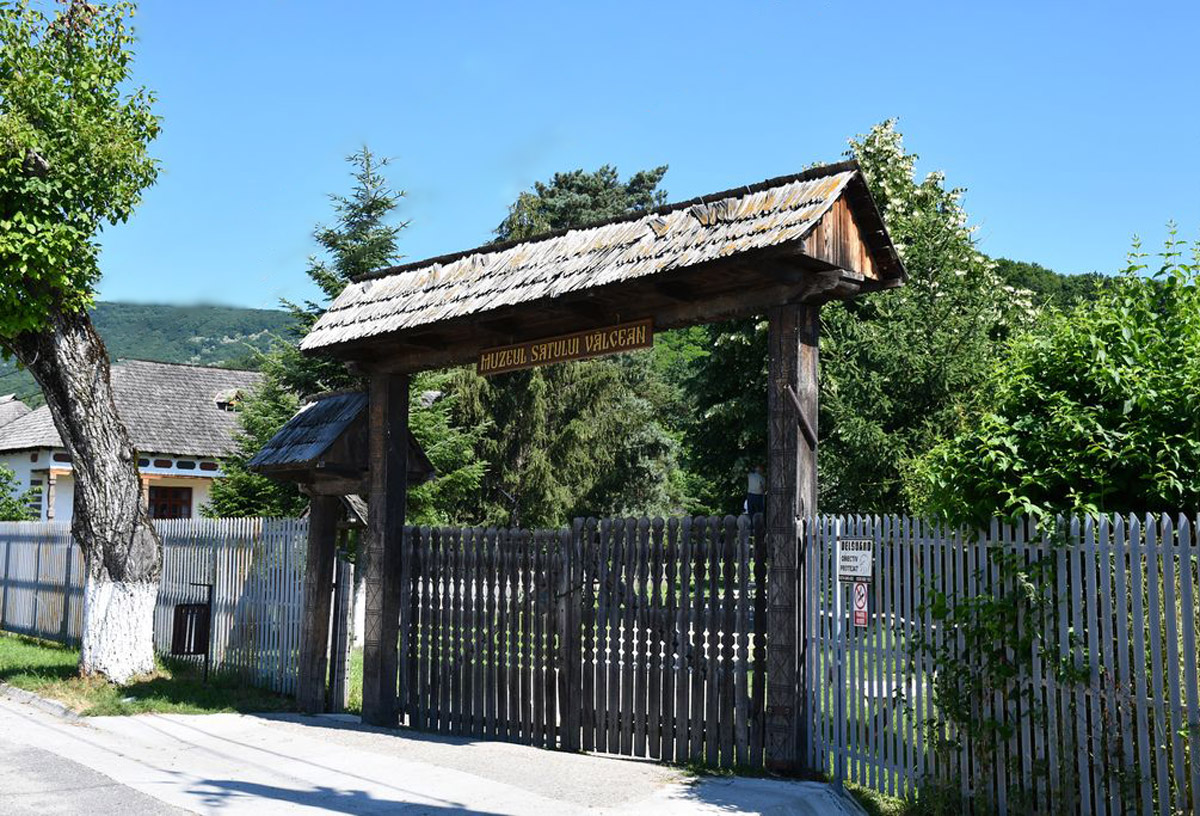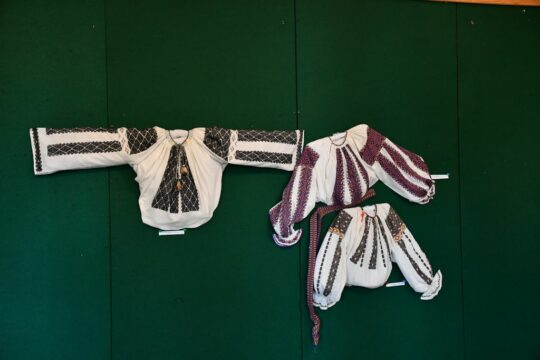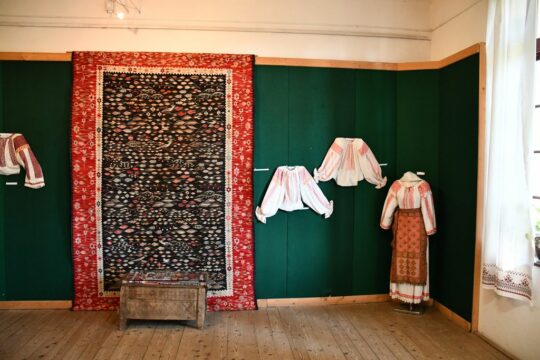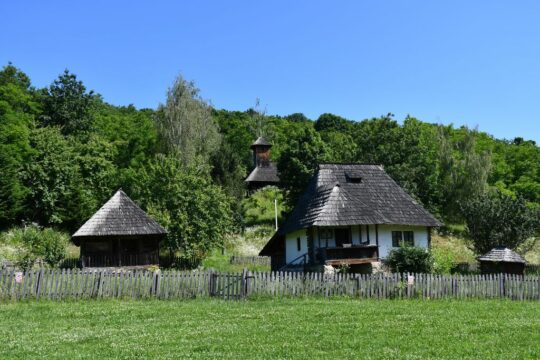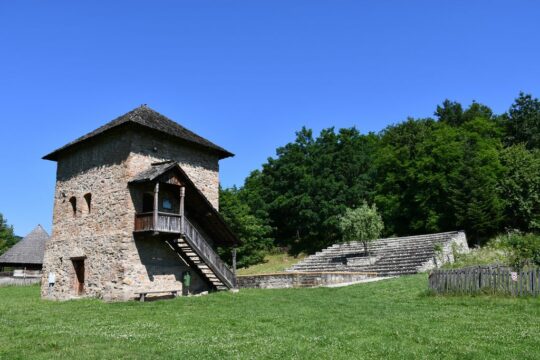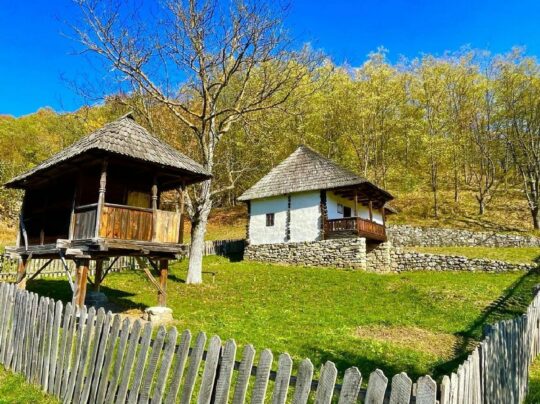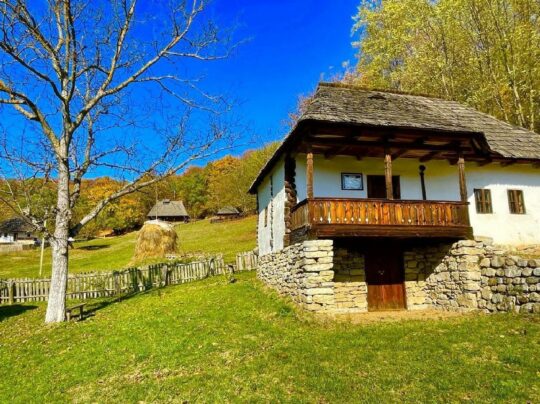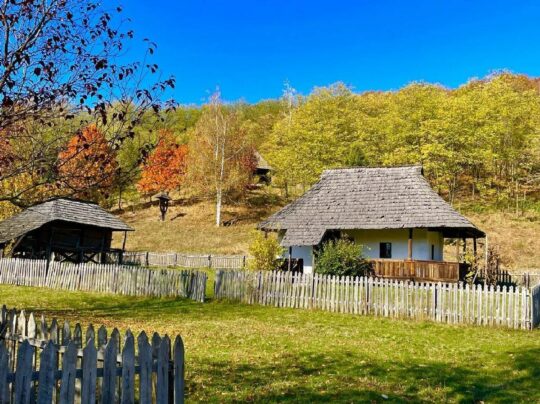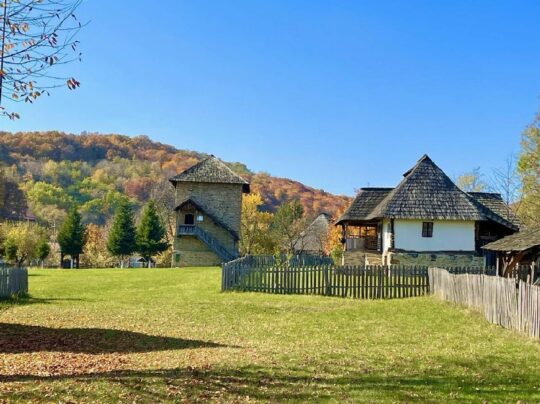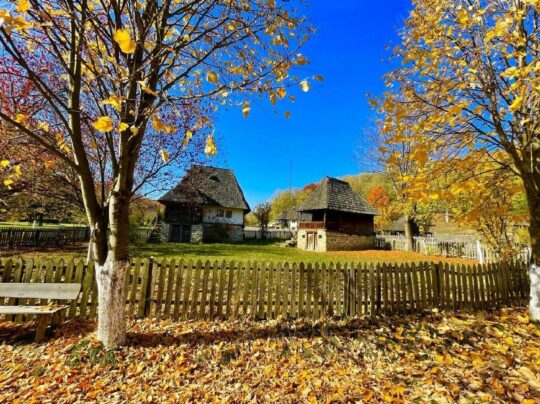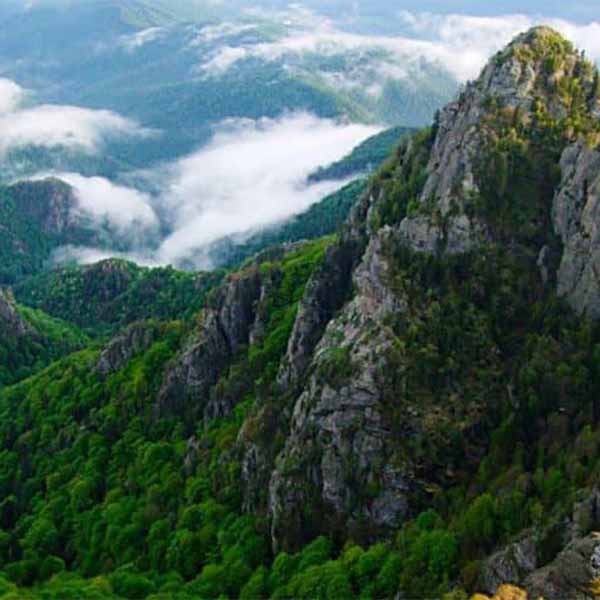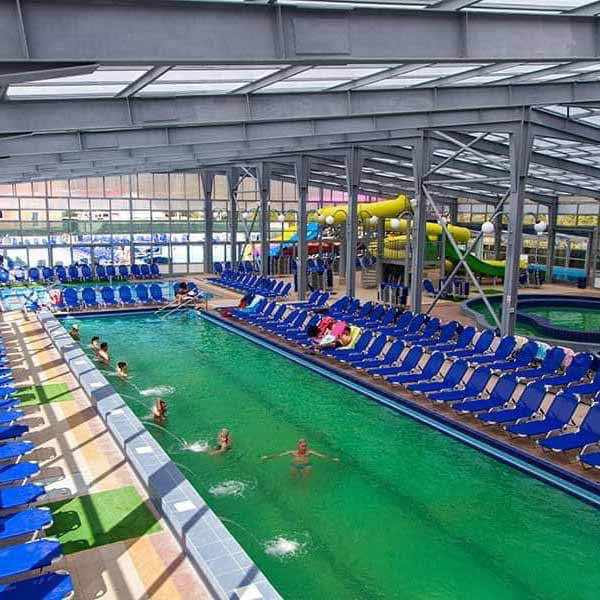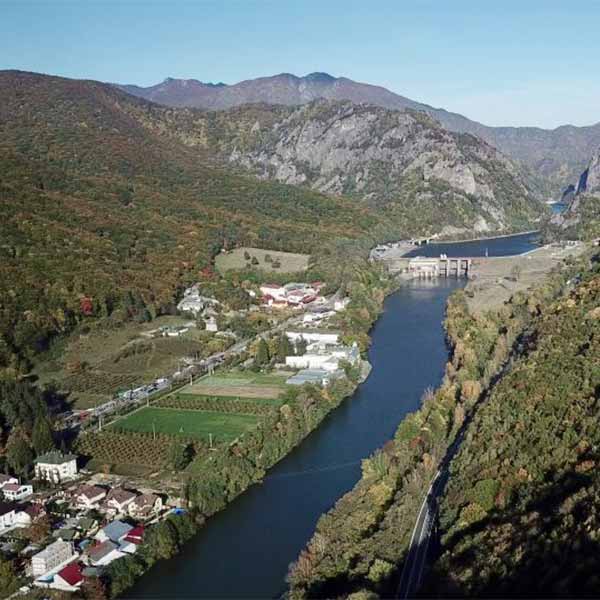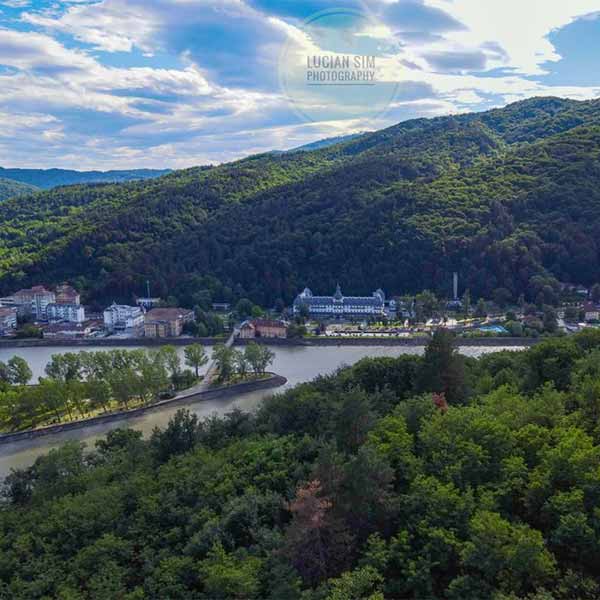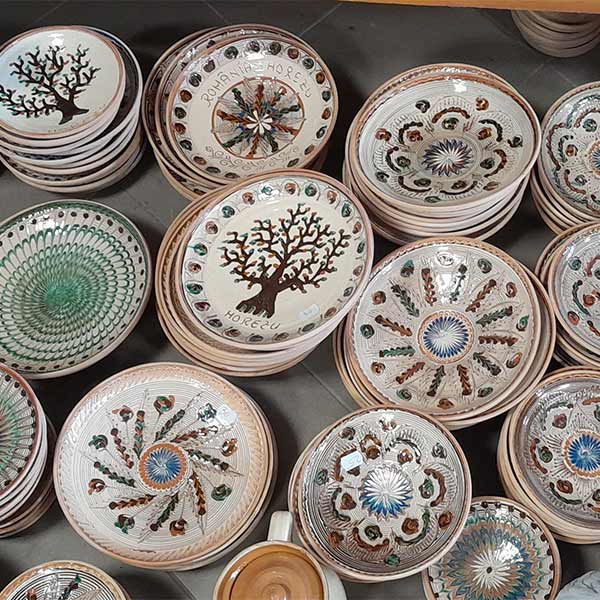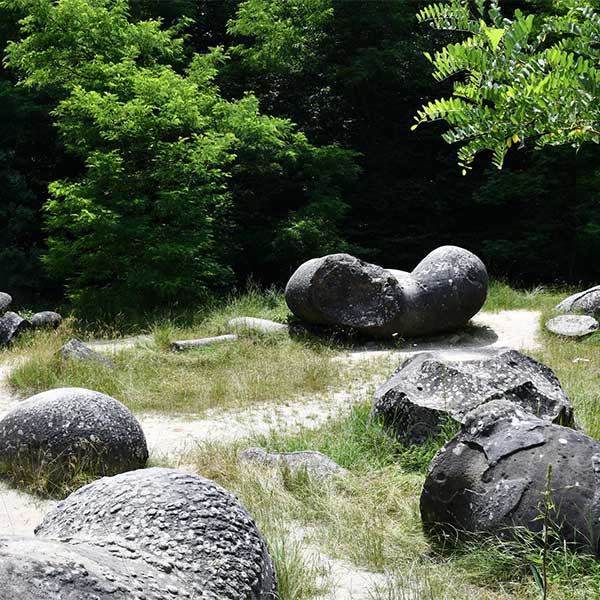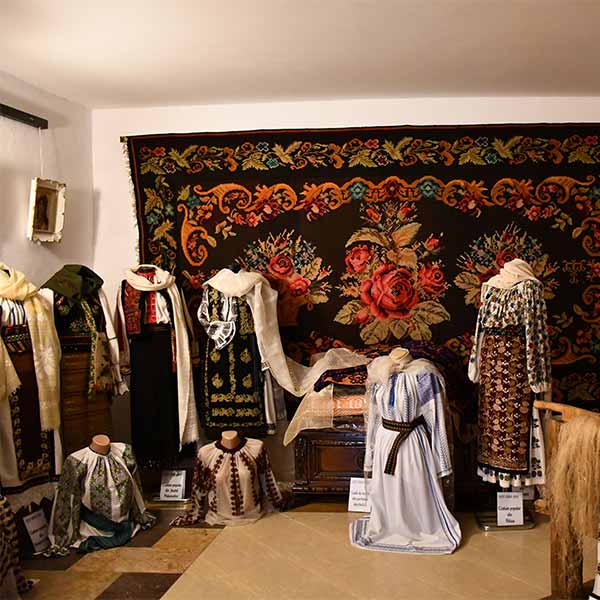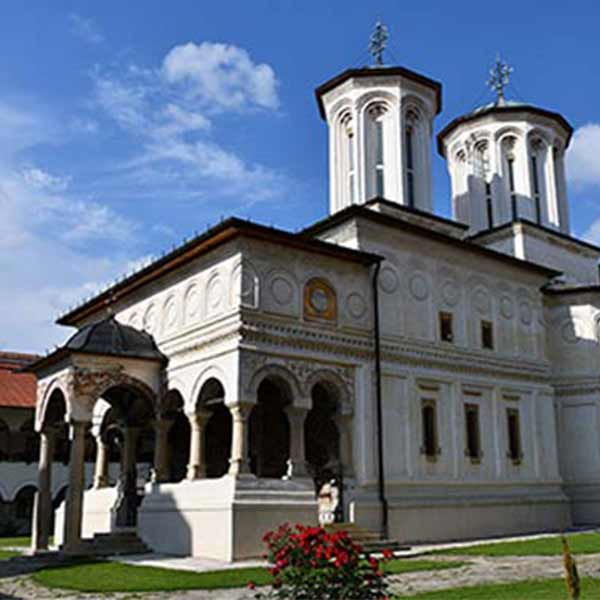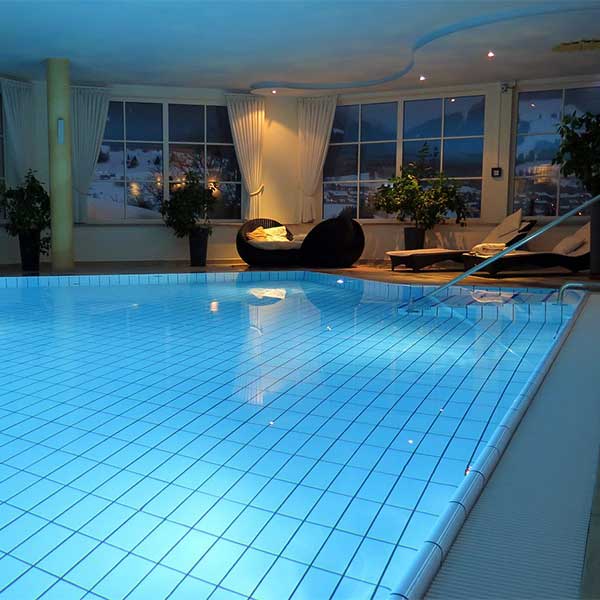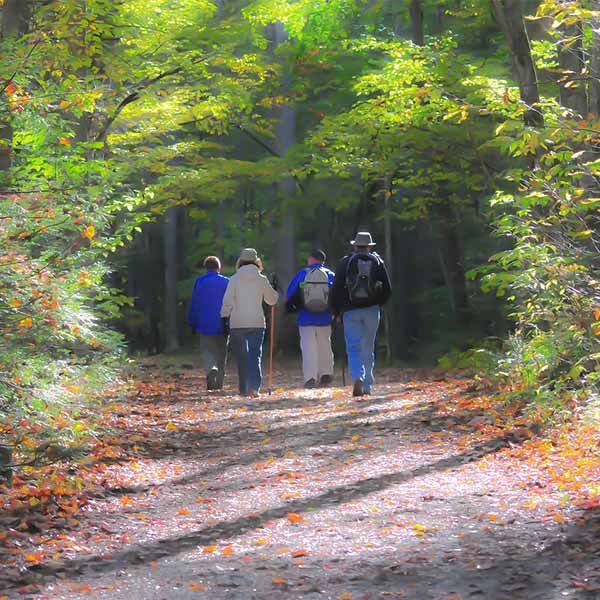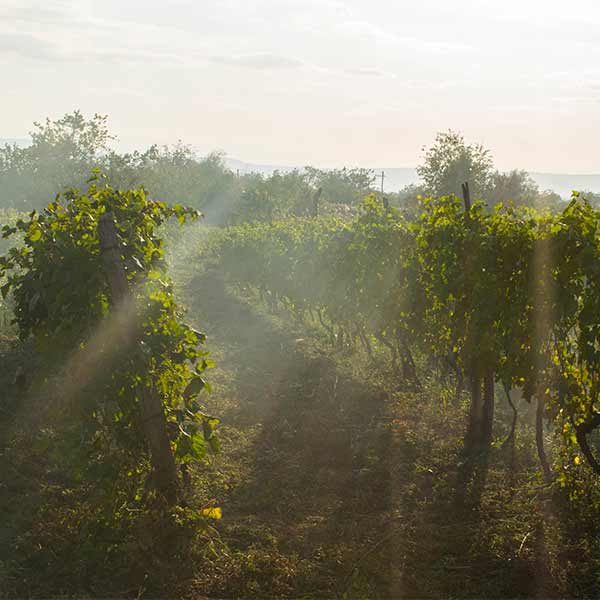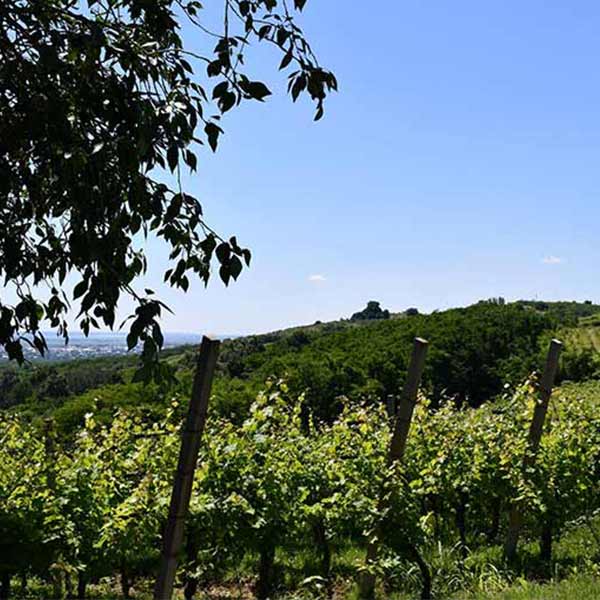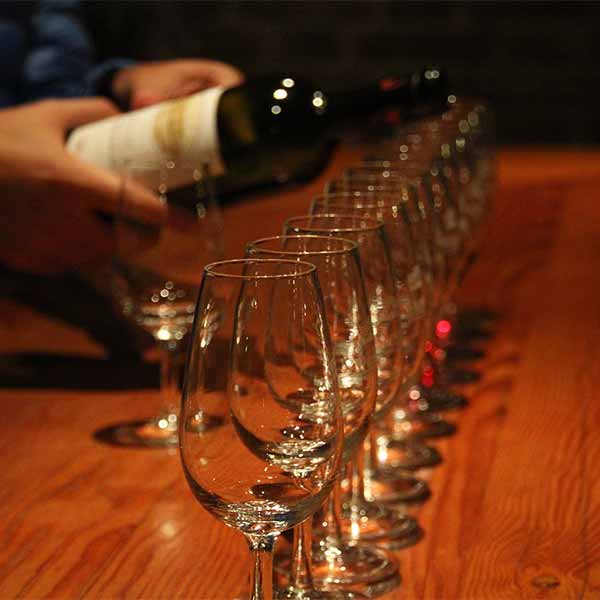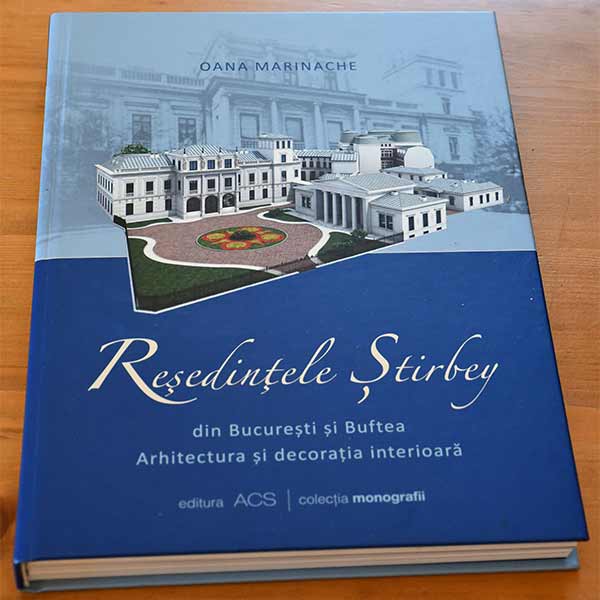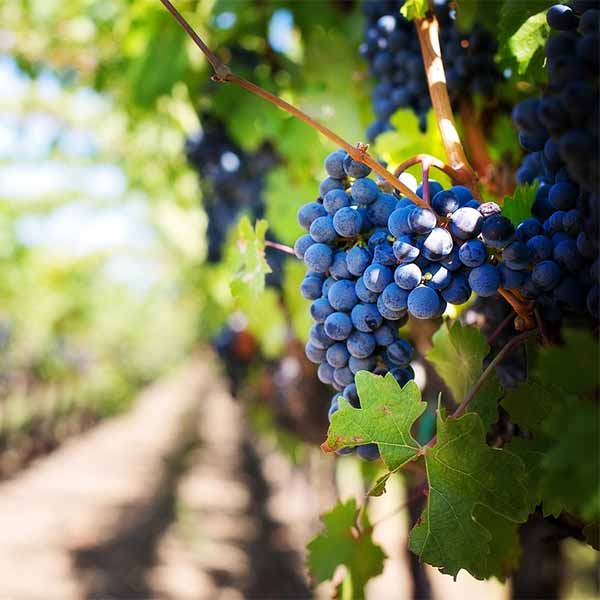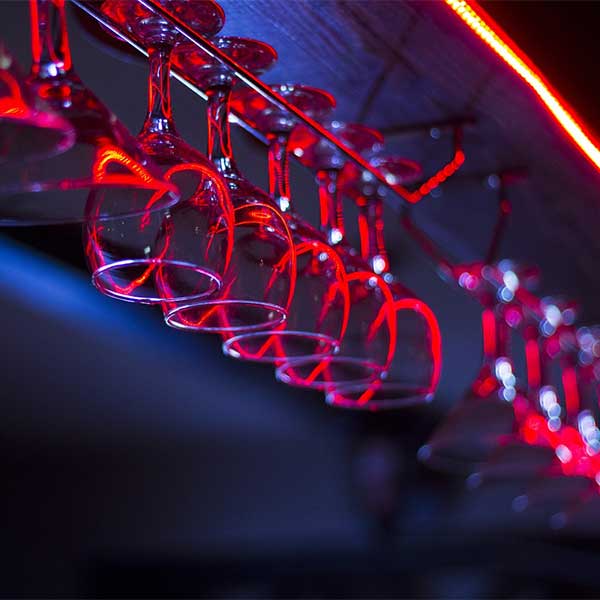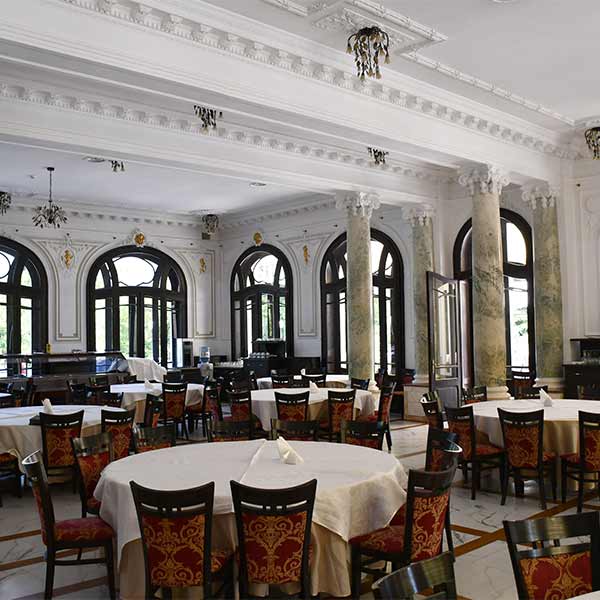
Valcea Village Museum
Valcea Village Museum
The Village Museum of Valcea is an open-air ethnographic museum built on an area of 8 hectares, opened in 1974 in Bujoreni, Valcea.
Founded in 1969 and opened to the public in 1974, the museum is located on the border of the municipality of Râmnicu Vâlcea and the commune. Covering an area of 8 hectares, the village-museum (comprising almost 80 architectural constructions and around 12,000 museum pieces) reconstructs the functional image of a traditional rural settlement, with all its social-cultural institutions.
| Schedule: | |
|---|---|
| Monday | 10:00 – 16:00 |
| Tuesday to Sunday | 10:00 – 18:00 |
Along with the Cula Bujorenilor (also called “the outside staircase cell”, built around 1810 by Preda Bujoreanu and included in the list of the main cells in Oltenia), the Valcea Village Museum also includes Bogdan’s Inn (from 1889), the schools of Cacova (Stoenești) from the 20th century, The wooden church (1785) in which liturgies are still celebrated on major holidays, other religious buildings (crosses, troughs), furnished peasant houses from Valcea county with annexes (the oldest house is over 200 years old), as well as wells and gates specific to the area.
The Household sector – housing comprises 42 units and over 12. 000 museum pieces, illustrating the household structure according to traditional occupations: agriculture, fruit-growing, viticulture, animal husbandry or a series of folk crafts and techniques, while following the diversity and the planimetric and volumetric evolution of dwellings with one or more rooms within the museum, are particularly noteworthy, the houses with a gazebo in the Horezu ethnographic area (in the communes of Măldărești, Stoenești, Bărbătești), the households specialising in viticulture, transferred from the Drăgășani area (villages of Prundeni, Olteanca), in fruit growing (communes of Alunu, Tomșani, Cernișoara) or in animal breeding in the mountain area (villages of Boișoara, Păscoaia-Brezoi). In addition to the dwellings, a number of outbuildings were also transferred to the households: sheds, sheds, haylofts, hutches for storing agri-food products or for rearing poultry and animals.
The social-cultural sector of “monuments of public utility” includes a rural primary school from the beginning of the 20th century, from the time of Spiru Haret, an inn from the end of the 19th century in the village of Săliște in the commune of Malaia, a wooden church built in 1785 and transferred from the commune of Nicolae Bălcescu, a brothel in the commune of Stoenești, and in the future this sector will be completed with a rural town hall, as well as other objectives of architectural value.
The Handicrafts – folk techniques sector presents the procedures and techniques for processing raw materials needed to make tools, pots and various household objects, the methods used to process vegetable and animal fibres or the traditional techniques for obtaining animal and vegetable products. Within the museum a series of handicraft workshops have been transferred and reconstructed – the pottery workshop in the centre of Vlădești (20th century), the carpentry-carpentry workshop (20th century) in the village of Șerbănești, Sălătrucel commune, the goat hair processing workshop (early 20th century) in the village of Curtea, Popești commune, as well as a blacksmith workshop in Prundeni commune. There are also technical installations – hand and water mills in the ethnographic area of Loviștea, the boilers for the production of liquor in the villages of Stoenești and Buda, the piva in the village of Costești, the oven for drying plums in the village of Muiereasca de Sus, or a series of installations for the production of wine (teascuri, linuri, etc.), organised within the framework of winegrowers’ households, transferred from the villages of Mitrofani, Olteanca, Prundeni, in the area of the Drăgășani vineyard.
Specialized constructions sector – represented by a few units, illustrating those in the village border or in the mountain area: roadside troughs, transferred from Govora-sat and Fețeni localities, border wells, bee hives, a stable transferred from Smeurat mountain, a vineyard manor transferred from Fârtatesti commune, guardhouses, etc.
Last but not least, our valuable folk art from Valcea is illustrated in the museum, through its presentation in the decoration of the interiors of the houses, in the handicraft workshops, through textile or ceramic pieces, wood, metal, iconography and folk furniture. Representing these objects, we believe that the great cultural heritage values, preserved and treasured with great care in this wonderful museum village, represent our ancestral roots.
